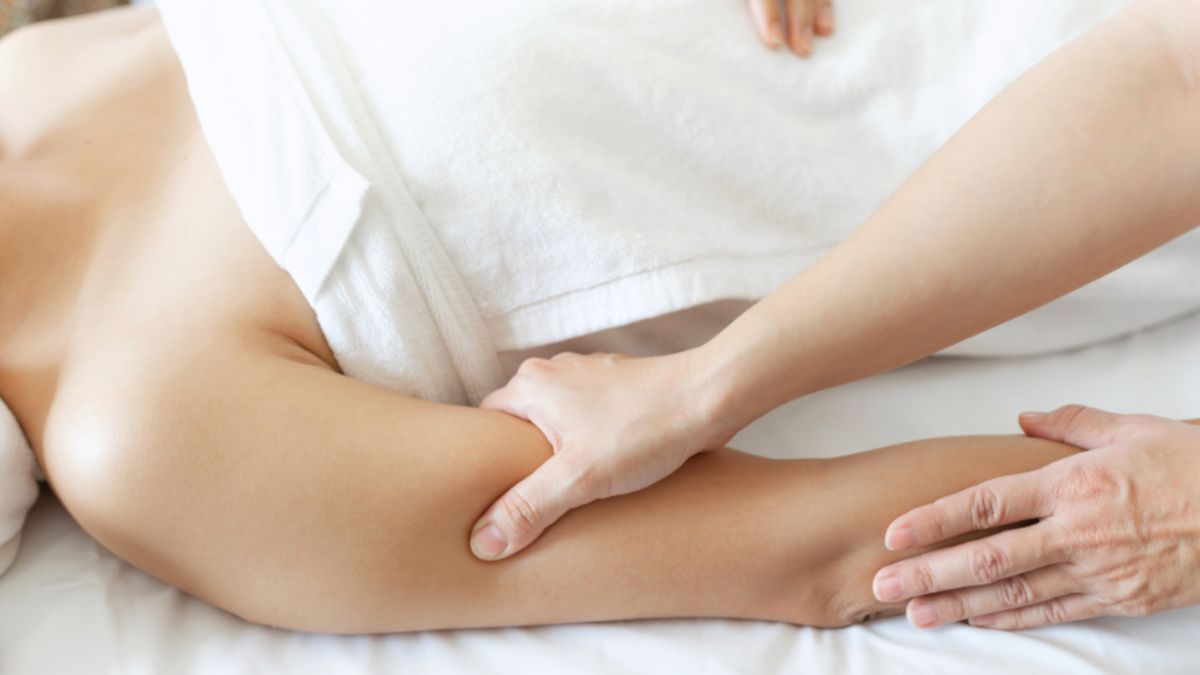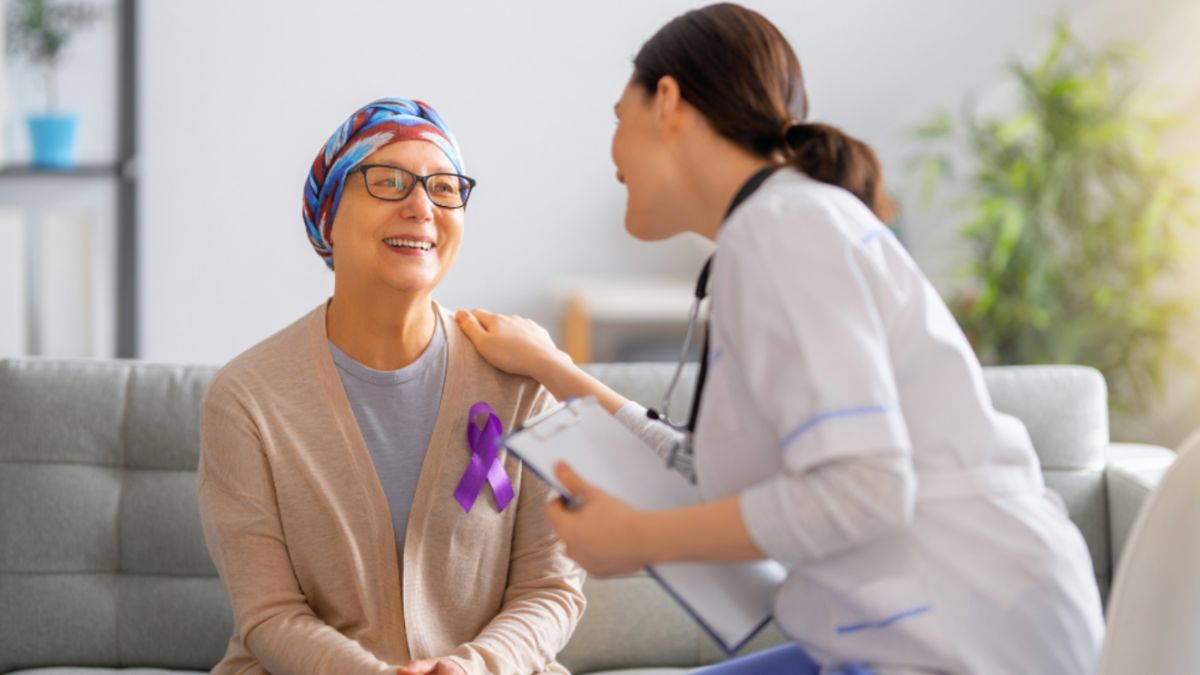The Importance of Personalized Home Programs for Post-Mastectomy Patients
Post-mastectomy recovery can be a challenging and emotional journey. Many patients face significant physical discomfort, including pain, swelling, and limited mobility. Additionally, the risk of developing lymphedema—a condition characterized by persistent swelling in the affected limb—adds another layer of complexity to the recovery process. These challenges can significantly impact a patient’s quality of life, making everyday activities more difficult and affecting their mental well-being.
Table of Contents
Toggle
Why Personalized Care Matters After a Mastectomy
Every post-mastectomy journey is different. Some patients struggle with pain and stiffness, while others deal primarily with swelling or emotional distress. A customized recovery plan addresses your specific challenges rather than forcing a one-size-fits-all routine.
At Midas Touch Lymphedema Institute, we help patients rebuild strength, manage lymphedema, and restore confidence through structured, supportive home programs designed by trained therapists.
Understanding Common Post-Mastectomy Challenges
Physical Complications
Pain and swelling in the arm or chest
Limited range of motion
Lymphedema caused by disrupted lymphatic drainage after lymph node removal
Emotional Recovery
Beyond physical pain, many patients face anxiety, body image concerns, and fear of recurrence. Emotional support during recovery is just as important as medical care.
What Is a Personalized Home Program?
A personalized home program typically includes:
Gentle exercises to improve movement and reduce stiffness
Manual Lymphatic Drainage (MLD) or self-massage techniques
Compression garment guidance if needed
Lifestyle adjustments such as diet, posture support, and daily routines
Instead of guessing what to do, your therapist builds a step-by-step recovery system based on your condition and goals.
Managing Lymphedema at Home
Lymphedema is one of the most common concerns after a mastectomy. Left unmanaged, it can lead to long-term swelling and discomfort — but with the right techniques, it can be controlled.
What Helps Reduce Swelling?
Manual Lymphatic Drainage (MLD): A gentle massage technique that promotes fluid flow
Compression sleeves or bandaging
Movement-based therapy to activate the lymphatic system
Anti-inflammatory lifestyle habits
Note: MLD should always be performed or taught by a trained therapist to avoid complications.
How to Build Your Own Home Program
Consult your healthcare provider or therapist
Assess your current mobility and pain level
Set specific recovery goals
Incorporate MLD or therapist-recommended massage techniques
Track your progress weekly and adjust accordingly
If you’re unsure where to start, contact us — our therapists will guide you through every step.
Lifestyle Habits That Support Healing
Eat whole, anti-inflammatory foods (fruits, vegetables, lean proteins)
Limit salt and processed foods to avoid excess swelling
Move consistently — even lightly to prevent stiffness
Stay connected with support networks
Frequently Asked Questions
What Is Post-Mastectomy Lymphedema?
Post-mastectomy lymphedema is a condition that occurs when lymph nodes are removed or damaged during a mastectomy, leading to swelling in the affected limb due to the accumulation of lymph fluid.
Can Massage Help with Post-Mastectomy Recovery?
Yes, massage can help with post-mastectomy recovery, particularly manual lymphatic drainage, which can significantly aid in post-mastectomy recovery by reducing swelling, improving range of motion, and alleviating pain.
How Frequently Should I Exercise In My Home Program?
Customize the frequency of your exercises based on your specific needs and progress. Collaborate with your healthcare provider to set a safe starting point and adjust the intensity as you improve.
What Are the Benefits of a Personalized Home Program for Post-Mastectomy Patients?
The benefits of a personalized home program for post-mastectomy patients include tailored care, flexibility, and convenience, helping patients manage symptoms like lymphedema more effectively and overall improving their recovery experience.
Providing Post-Mastectomy Patients with the Support They Need

Recovering from a mastectomy involves a holistic approach that nurtures both physical and emotional well-being. At Midas Touch Lymphedema Institute, we are dedicated to providing the support and care that post-mastectomy patients need to navigate their recovery journey. Our personalized home programs are designed to meet each patient’s unique needs, whether managing lymphedema or addressing other recovery challenges.
A personalized approach to post-mastectomy care can greatly influence your recovery process. By integrating the right therapies, lifestyle adjustments, and emotional support, you can boost your healing and elevate your quality of life. If you’re seeking a program tailored to your needs, Midas Touch Lymphedema Institute is here to support you throughout your recovery.
Midas Touch Lymphedema Institute
Life Coaching
Services
Areas We Serve
Midas Touch Lymphedema Institute


